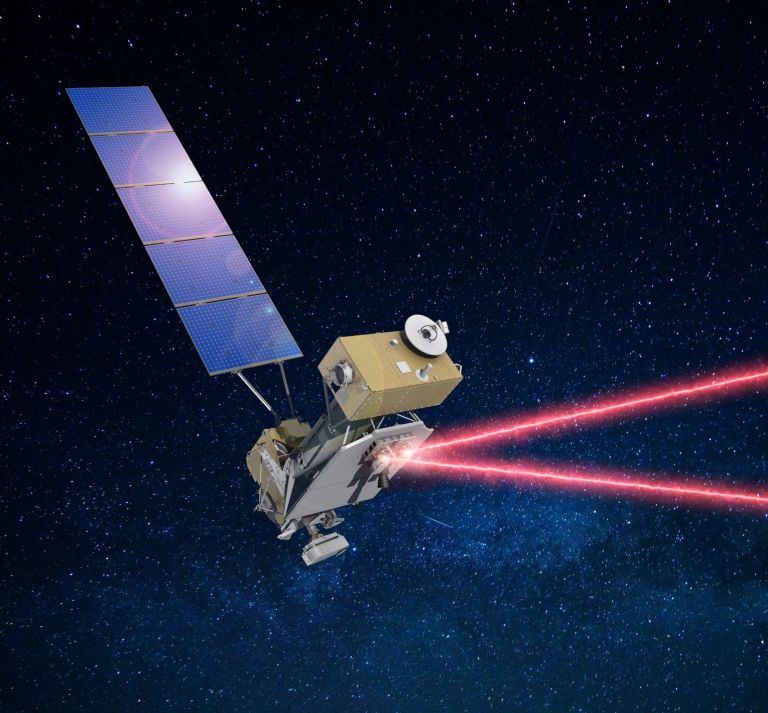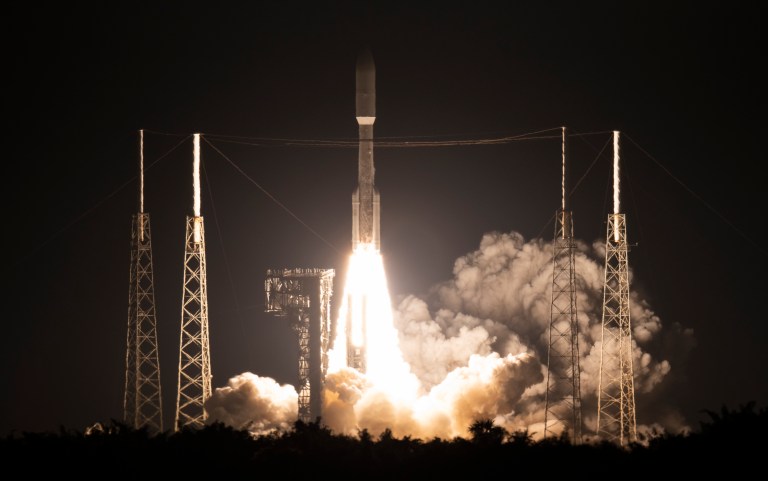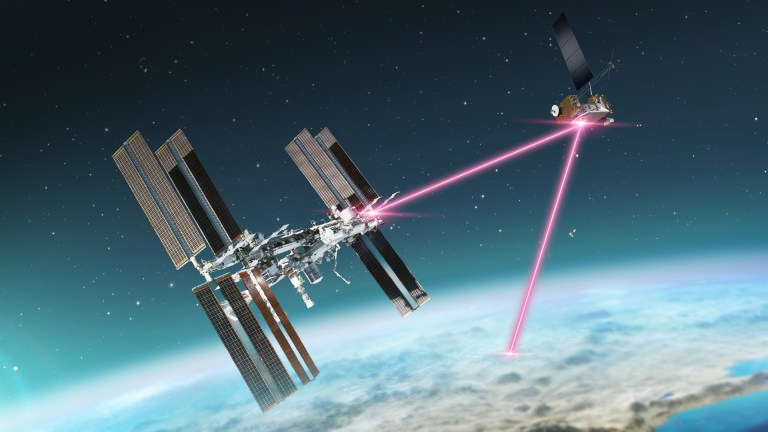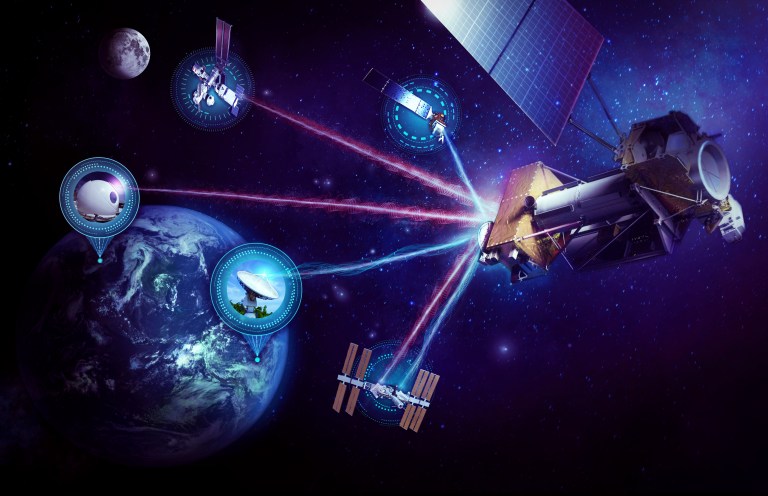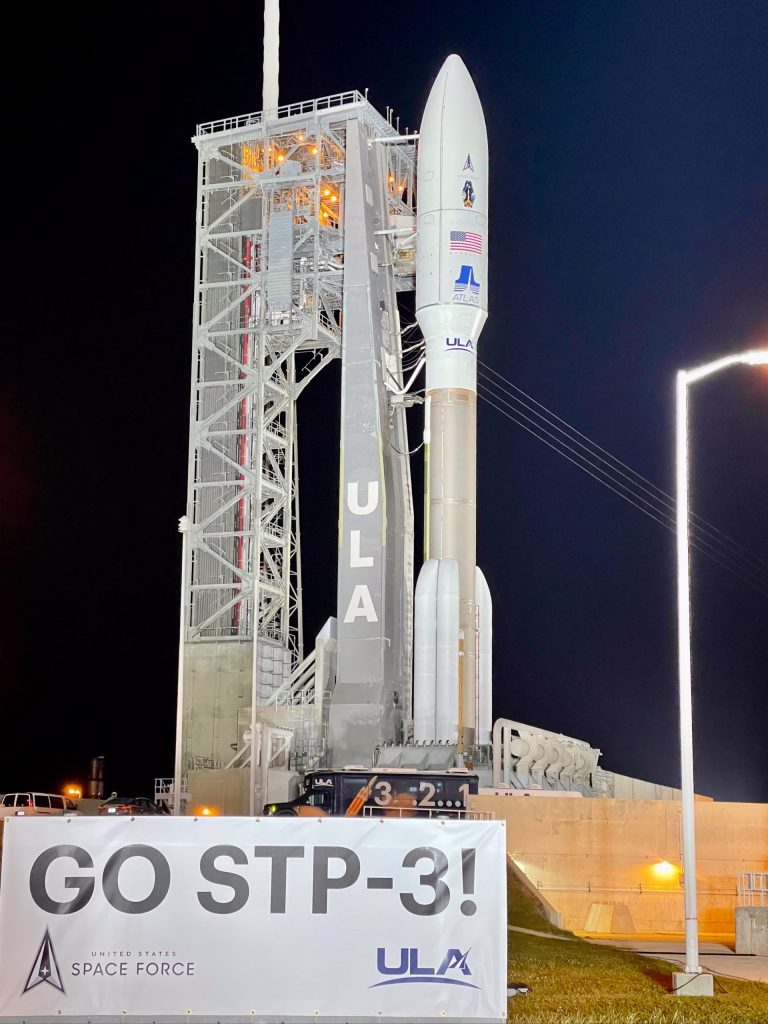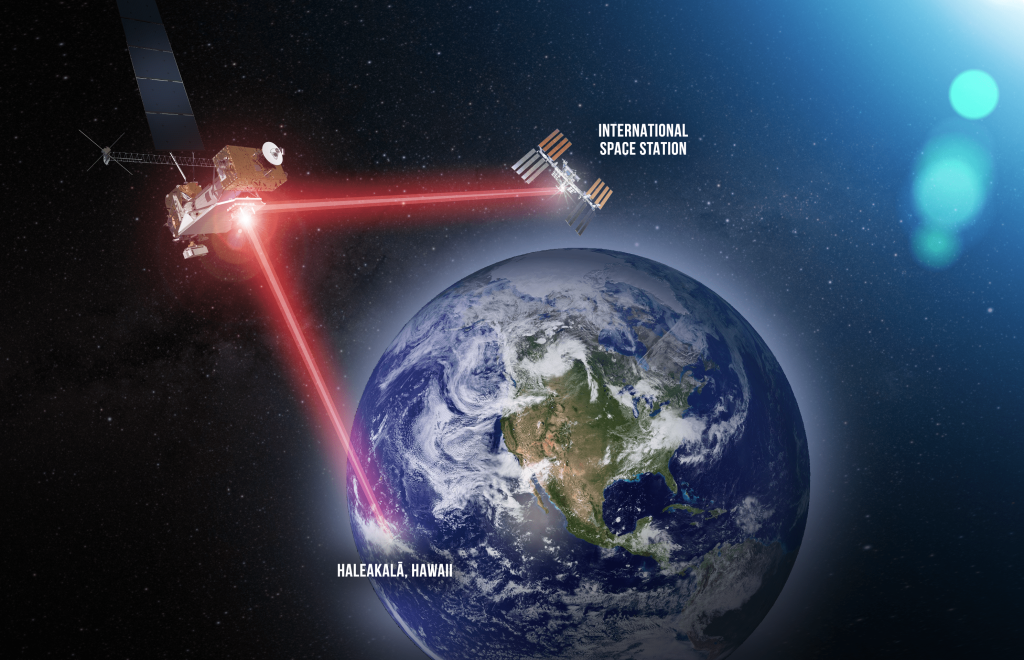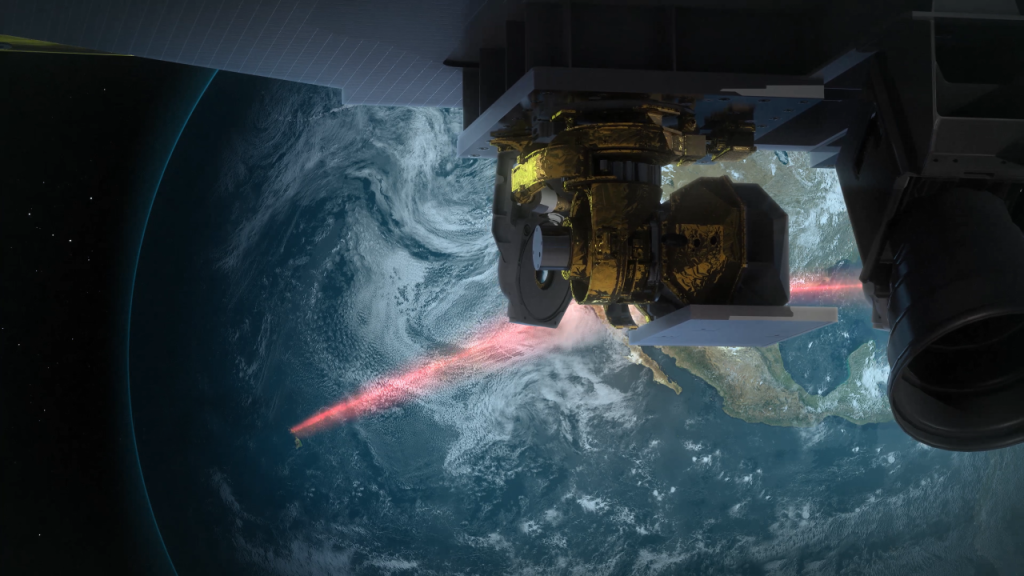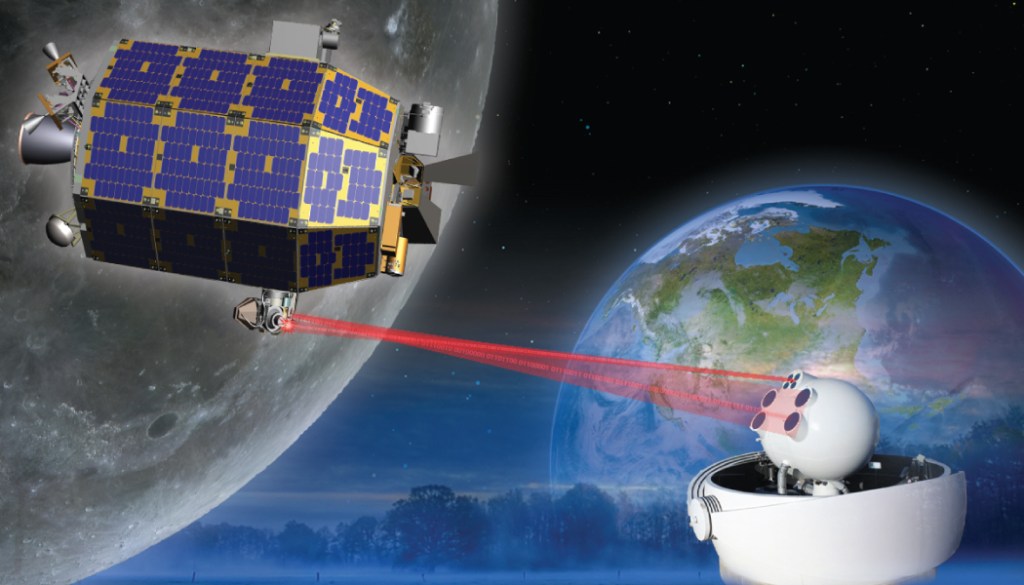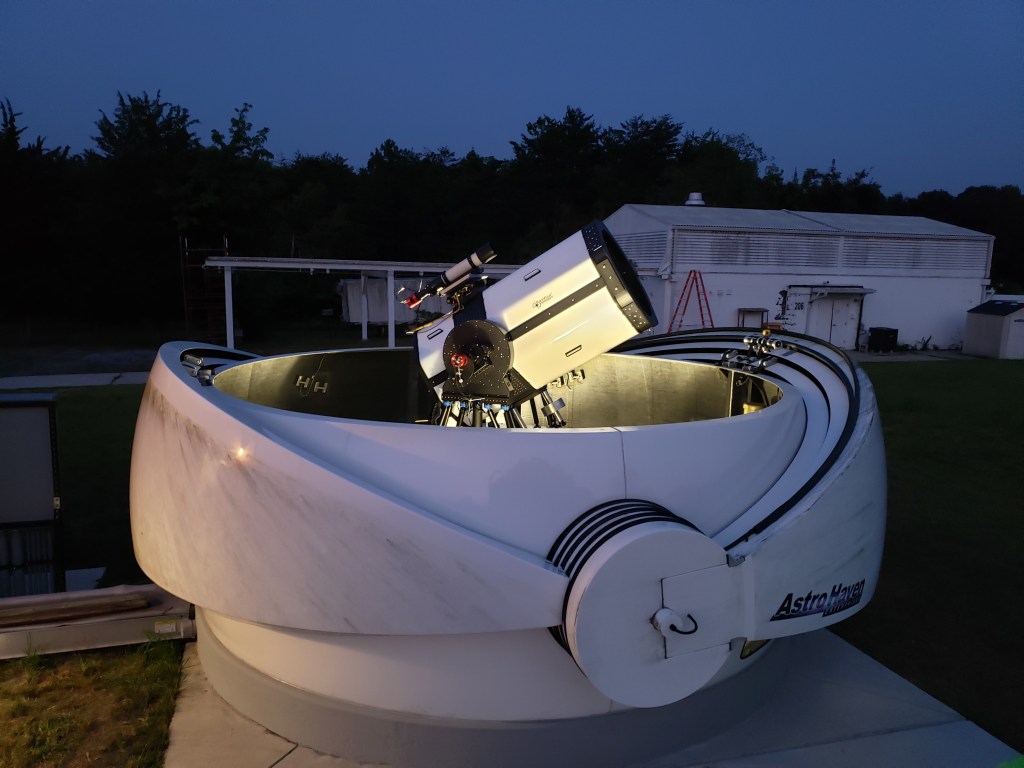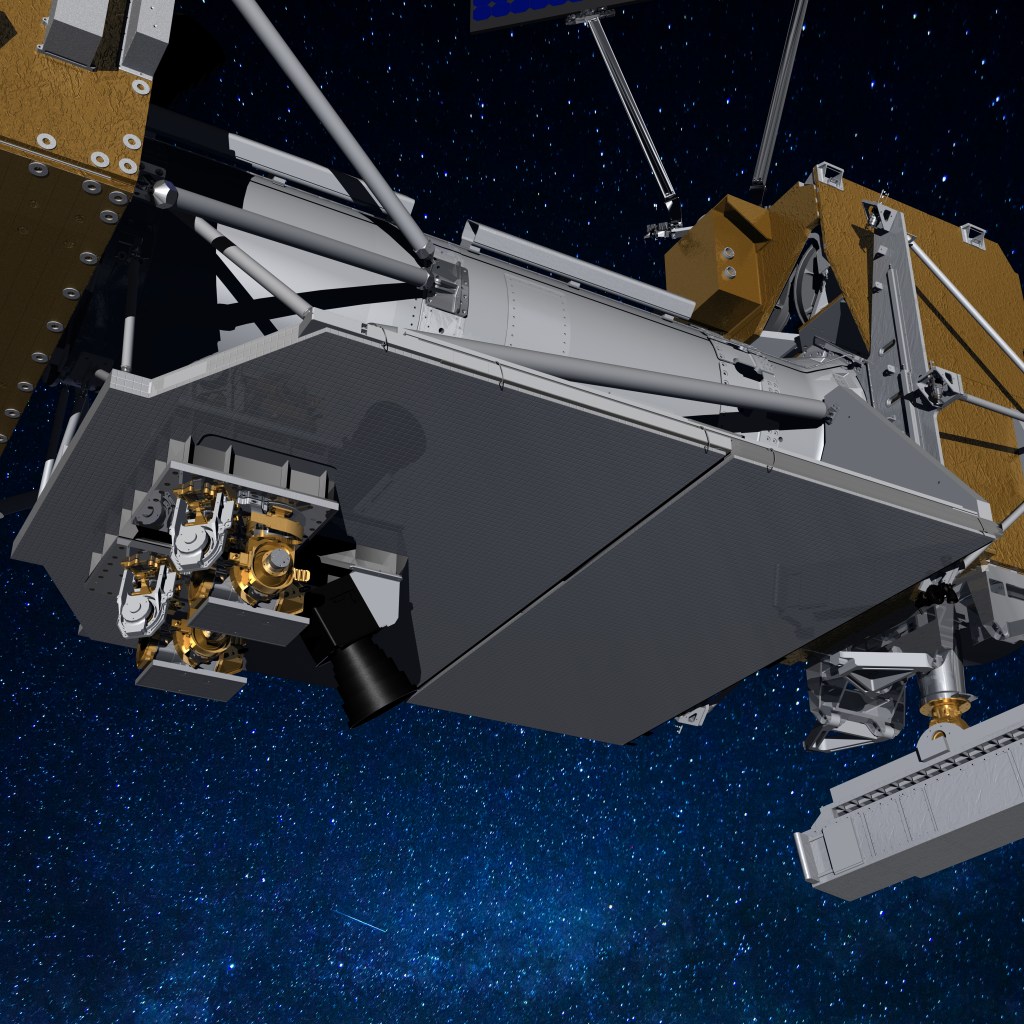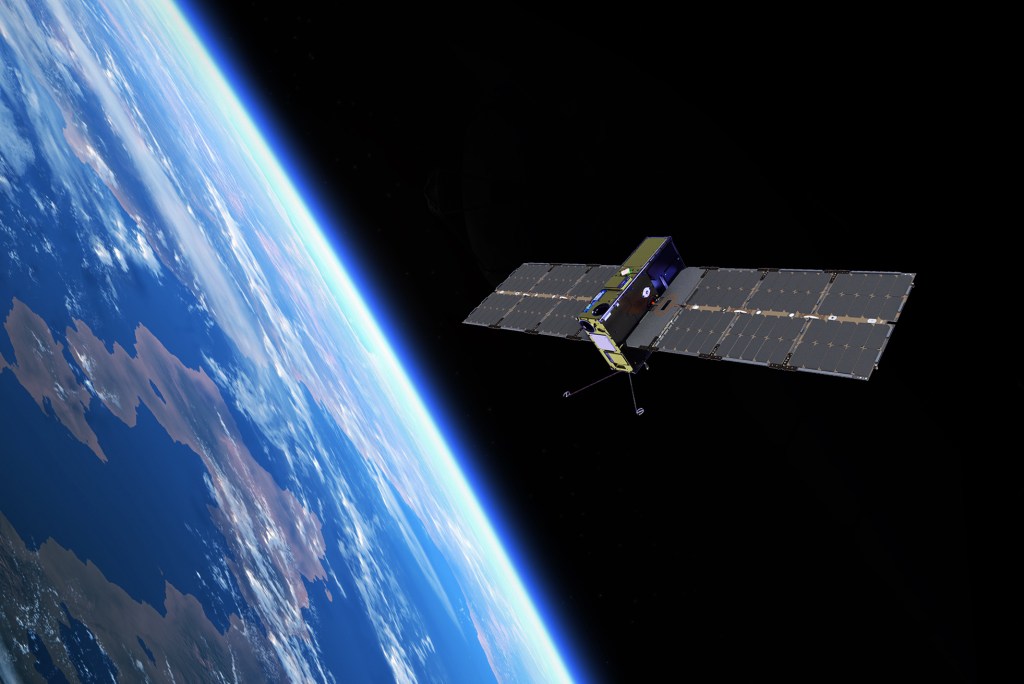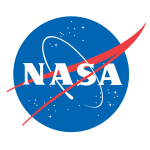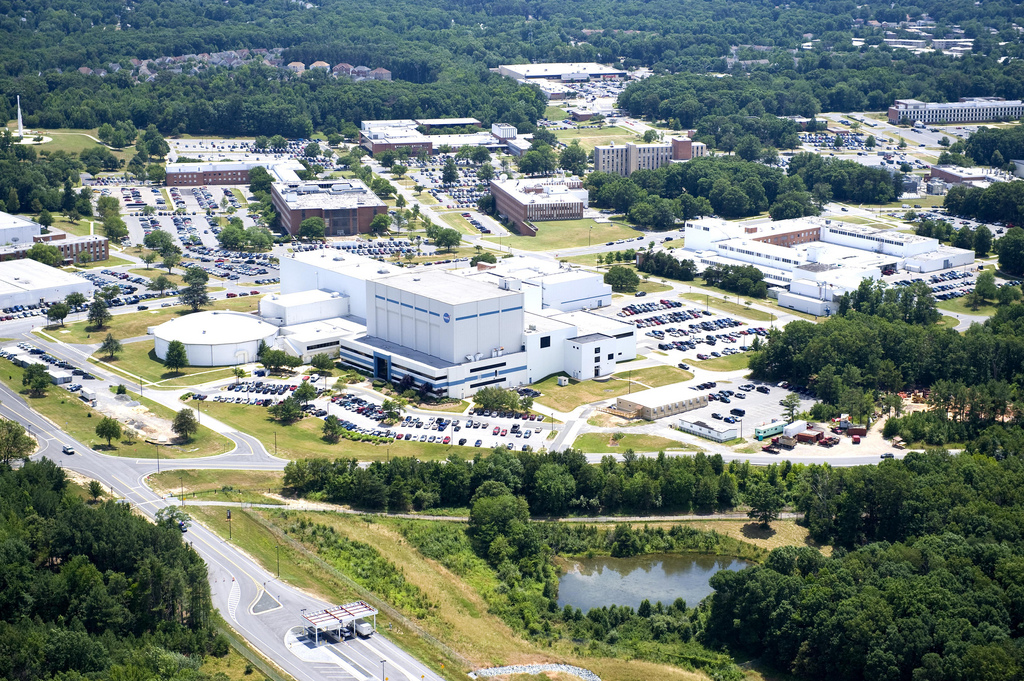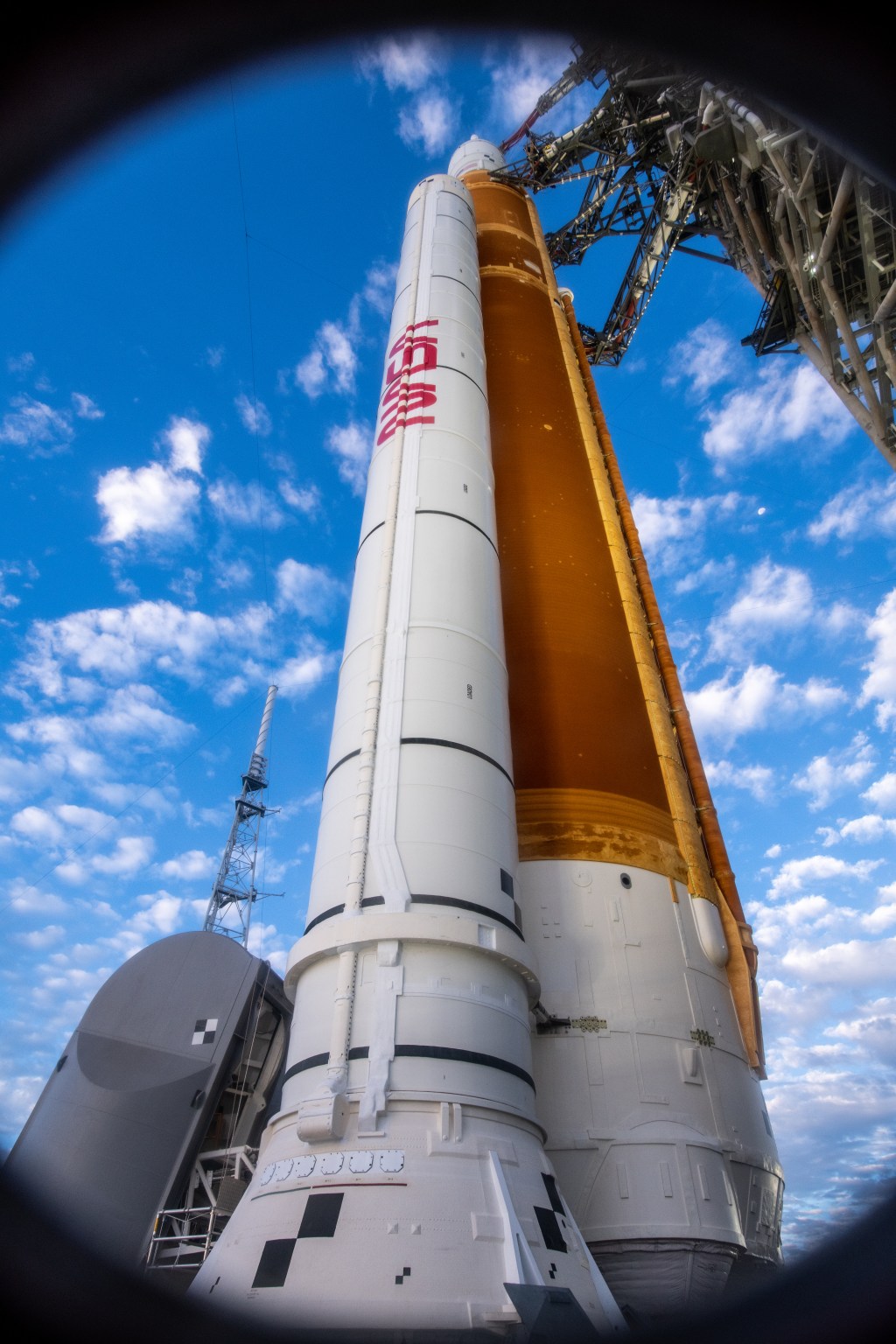LCRD
Managed out of NASA’s Goddard Space Flight Center, LCRD acts as an experiment platform for NASA, other government agencies, and commercial companies to refine laser, or optical, communications capabilities. Since its 2021 launch, LCRD has conducted over 2,600 experiment configurations with its two ground stations — testing adaptive optics, signal acquisition, atmospheric impact, and more. NASA’s SCaN (Space Communications and Navigation) Program continues to seek out new experiments with LCRD and other laser communications demonstrations.
What is Laser Communications?
LCRD
Laser Communications Relay Demonstration
quick facts
Optical Ground Stations
Space communications infrastructure in space and on the ground enables the data collected by missions to reach Earth, upgrading our capacity for discovery. Since the dawn of space exploration, NASA missions have relied on radio frequencies for this transfer of information. NASA’s Laser Communications Relay Demonstration (LCRD) will launch to space, showcasing the vast benefits of laser communications. LCRD’s ground stations, known as Optical Ground Station -1 and -2, are critical to the mission’s success.
Read moreTechnology & Demonstrations
Flight and Ground Technologies
The LCRD project consists of highly sensitive NASA-developed data transmission components for relay satellites and mission ground stations receiving LCRD’s data.
Whether radio waves or infrared light, space missions encode their scientific data onto the electromagnetic signals to send back to Earth.
In space, LCRD’s optical modems translate digital data into laser signals, which are then transmitted via invisible beams of light by the relay’s optical modules. LCRD can both send and receive data from Earth and user spacecraft via two optical terminals, creating a continuous path for flowing mission data to-and-from space. While these are just some of the components that make up the LCRD payload, which all together is the size of a king mattress, these capabilities make LCRD NASA’s first two-way, end-to-end optical relay.
On Earth, the LCRD project developed ground station modems to translate encoded light back into data. Both stations leverage the power of adaptive optics to reduce the effects of atmospheric turbulence on the data. An adaptive optics system uses a sensor to measure the distortion to the electromagnetic signal that’s coming down from the spacecraft. If NASA can measure that distortion, then engineers can send it through a deformable mirror that changes its shape to take out those aberrations that the atmosphere induces. That allows the system to produce a pristine signal.
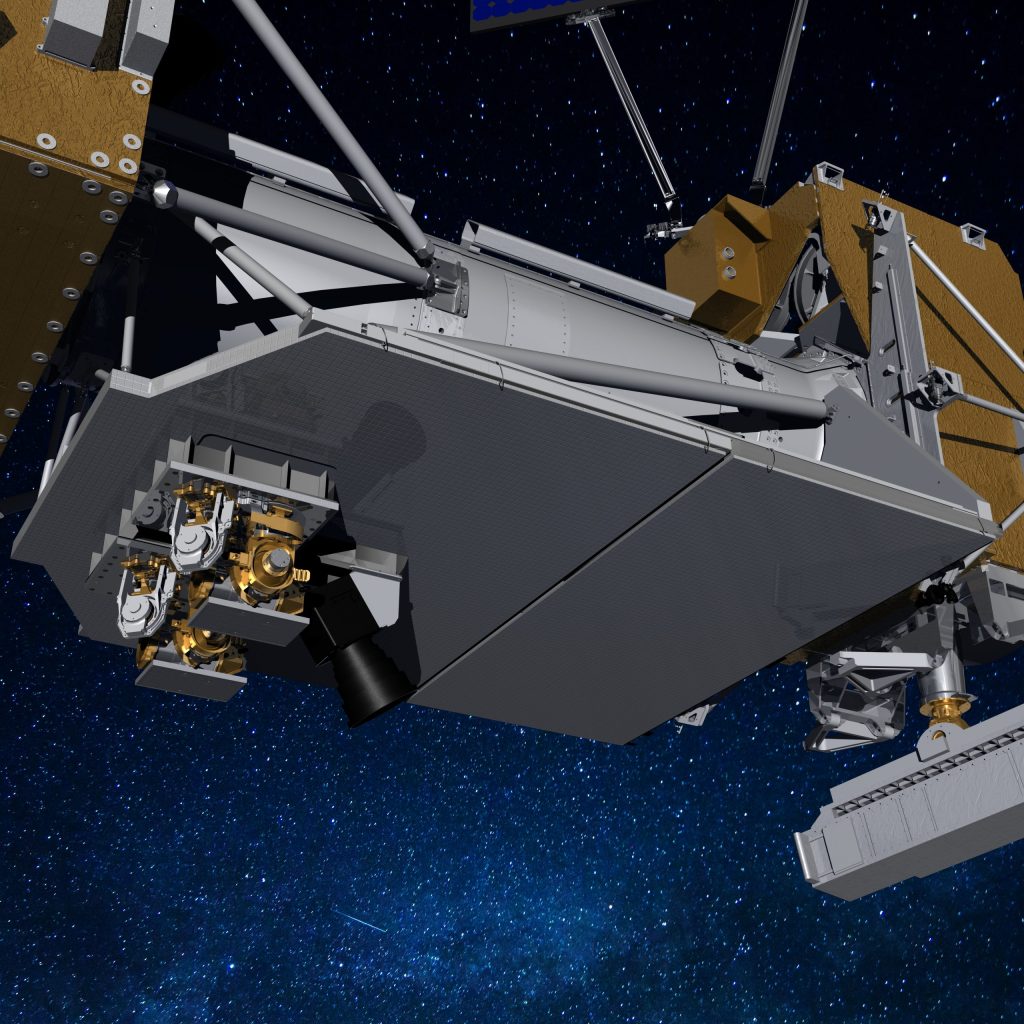
OGS-1 and OGS-2
LCRD communicates with two optical ground stations on Earth – OGS-1 in Table Mountain, California, and OGS-2 in Haleakalā, Hawaii.
While laser communications can transmit more data, atmospheric disturbances like clouds and turbulence can interfere with infrared signals. OGS-1 and OGS-2’s remote, clear weather, and high-altitude locations minimize these potential signal disruptions. Despite the usually clear weather at the ground station locations, NASA engineers must still work to reduce the effects of atmospheric turbulence on the data. To monitor cloud coverage and determine which station to use, an atmospheric monitoring station observes weather conditions. This monitoring station runs almost autonomously, 24 hours a day, seven days a week.
While OGS-2 was developed specifically for the LCRD mission, OGS-1, based at JPL’s Optical Communications Telescope Laboratory, supported previous laser communications demonstrations. To prepare OGS-1 for LCRD, engineers upgraded and modified the ground station, which included replacing its mirrors for improved reflectivity and laser thresholds. These improvements ensure that the ground station’s telescope can successfully send and receive laser signals to and from LCRD.
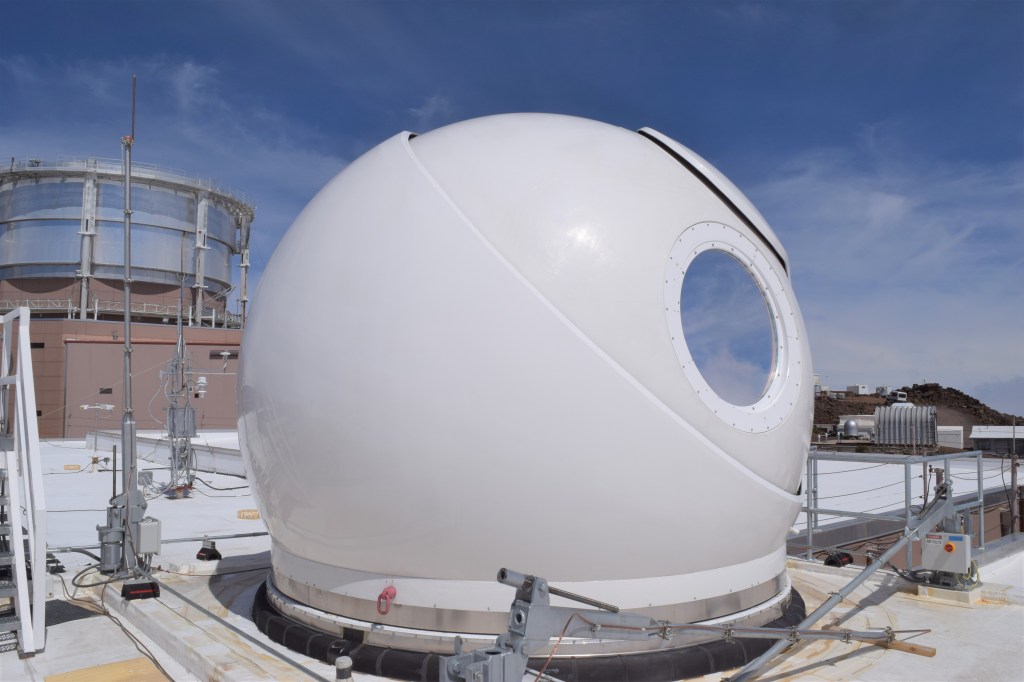
Integrated LCRD Low Earth Orbit User Modem and Amplifier Terminal (ILLUMA-T)
The ILLUMA-T/LCRD experiment informs the foundations of lunar and Martian internet.
During ILLUMA-T’s six months on the station, NASA tested the system by sending data through the complete relay system. The data used for the ILLUMA-T/LCRD relay started on a computer at the mission operations center in Las Cruces, New Mexico. From there, NASA routed the data to optical ground stations in California and Hawaii. Teams modulated the data onto infrared light signals, or lasers, and sent them to LCRD in geosynchronous orbit. LCRD then relayed the data to ILLUMA-T on the space station.
The ILLUMA-T experiment allowed NASA to test a suite of communications networking protocols called Delay/Disruption Tolerant Networking, or DTN. The “store-and-forward” process used by DTN allows data to be forwarded as it is received or stored for future transmission if signals become disrupted in space. For the laser relay system experiment, data was routed using DTN protocols as they traveled from Earth to LCRD, to ILLUMA-T on the space station. Once they arrived, an onboard High-Rate Delay Tolerant Networking (HDTN) payload demonstrated its ability to successfully receive and reassemble the data into files.
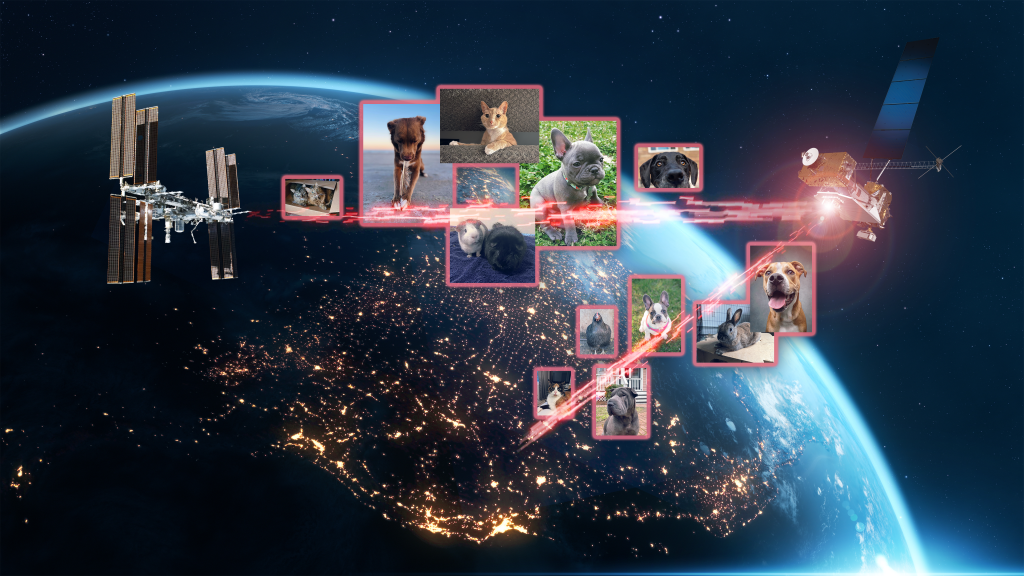
Opportunities for Experimenters
The LCRD project invites partners to propose supplemental experiments to test the functionality of laser communications links.
NASA is conducting LCRD experiments submitted by the agencies, academic institutions, commercial companies, and other government entities. These tests help the aerospace community advance understanding of laser communications, refine laser communications technologies, increase knowledge, identify future applications, and promote its operational use. These experiments also include studying atmospheric disturbances on laser signals and demonstrating reliable relay service operations.
LCRD architecture consists of:
• A payload in geosynchronous orbit
• A dual optical link system
• An optical switch
• Two optical ground stations
• A high-speed radio frequency terminal
• A radio frequency ground station
• An operations control center
• An additional facility for observation and monitoring of LCRD operations and experiments
These experiments are selected via the LCRD experiment proposal process. If you are interested in proposing an experiment, please contact us or download our information guide below.
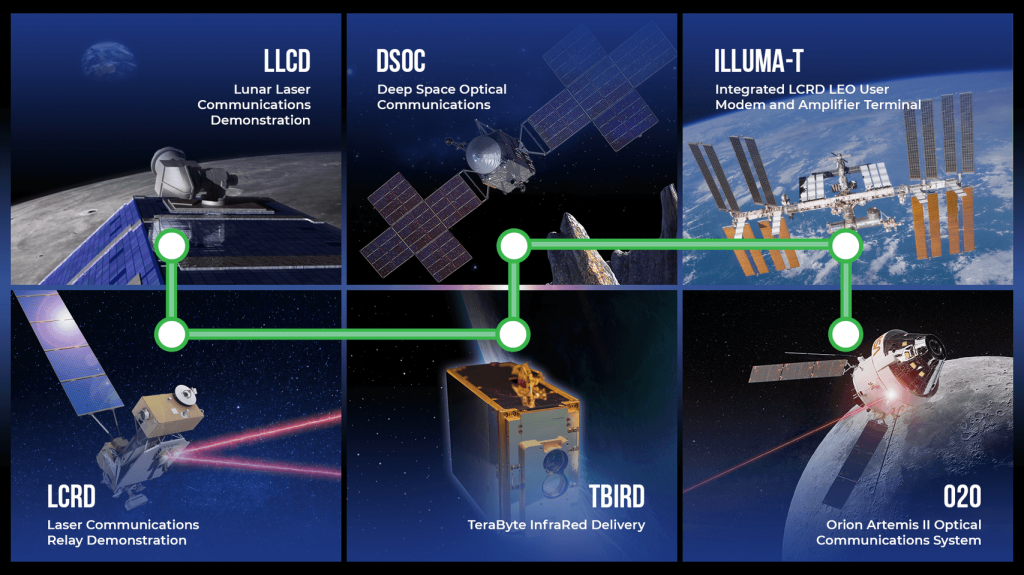
Pets in Space
Using NASA’s first two-way, end-to-end laser relay system, pictures and videos of cherished pets flew through space over laser communications links at a rate of 1.2 gigabits per second — faster than most home internet speeds. The collage was sent over laser links from Earth to LCRD (Laser Communications Relay Demonstration) to ILLUMA-T (Integrated LCRD Low Earth Orbit User Modem and Amplifier Terminal) on the space station. Animals submitted include cats, dogs, birds, chickens, cows, snakes, pigs, and more.
Learn more about ILLUMA-TMore about Laser Comm
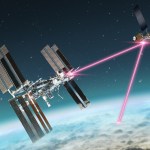
NASA’s First Two-way End-to-End Laser Communications Relay System
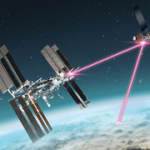
NASA to Demonstrate Laser Communications from Space Station
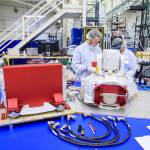
NASA Laser Communications Terminal Delivered for Artemis II Moon Mission
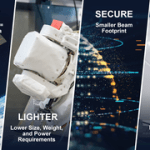
NASA’s Laser Communications Relay: A Year of Experimentation




























